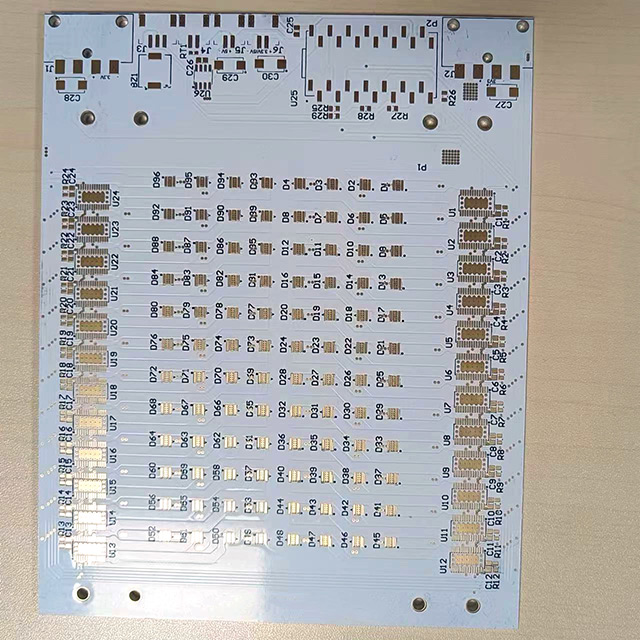Many of these symbols aren't just abbreviations for the specific things you are testing or measuring, but references to fundamental scientific and engineering quantities and units. There are hundreds of them, and they have to be consistent across all branches of science and engineering, from astronomy to chemistry to wiring a plug. Greek letters, capital and lower case letters and various symbols all have their specific meanings that every engineer in the world will recognise, even if they don't use the words 'earth' or 'voltage' etc. in their language.
Z might look strange at first as a symbol for impedance, but having worked with it for decades, and its constituents R (resistance) and X (reactance) and their inverses Y (admittance), G (conductance) and B (susceptance), to me it is the very soul of impedance and the two are inseparable.
Re. Line and Live - for many decades the term 'live' was used for the 'brown' wire, which along with the neutral made up the circuit conductors. To avoid the specific situation that you describe, confusing the name of a conductor with what danger it poses, the definitions were changed in the 15th edition of 1981. The brown wire was renamed the 'phase', which together with the neutral made up the 'live' conductors. But 'phase' added a new ambiguity, so 17th edition of 2008 it was changed again so that the brown wire is now officially the 'line', actually an older and well established term that had been used with this meaning a century ago.
Non-electricians are unaware of this, so the letter L on a plug terminal is still read as 'live' by most of the population.











